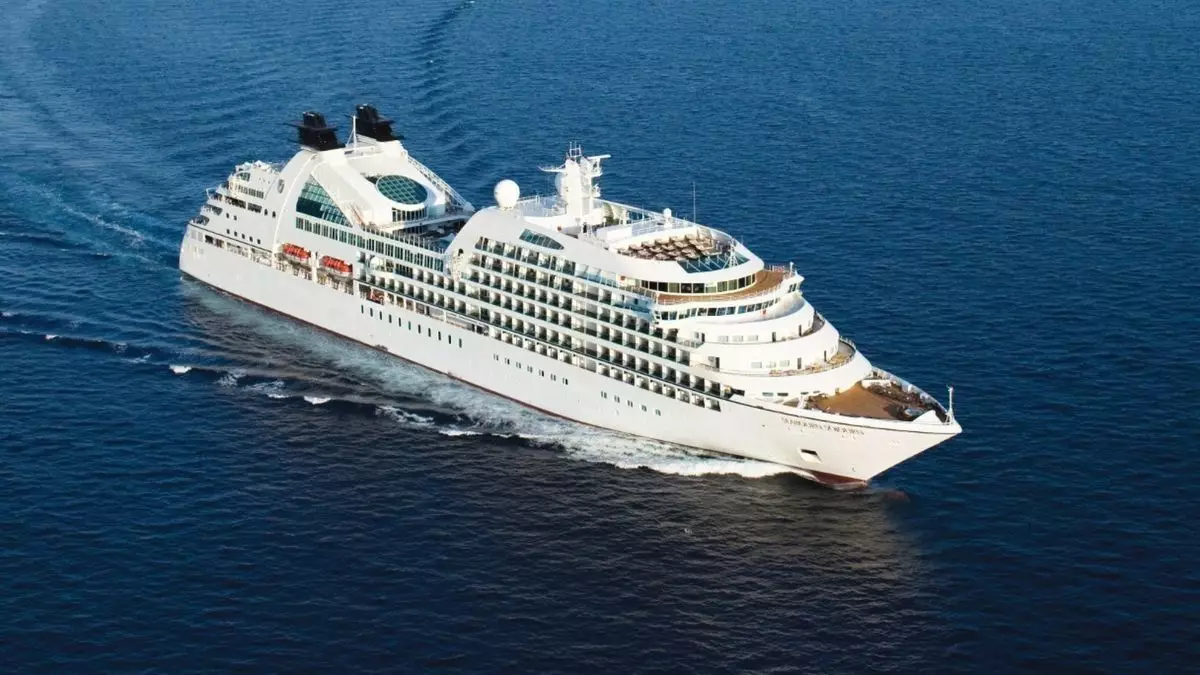The cruise industry is no stranger to evolution, and the recent decision by Seabourn to sell the Seabourn Sojourn to Mitsui Ocean Cruises marks a significant pivot for the leading luxury cruise line. This transaction is not merely a change of ownership; it represents a strategic maneuver designed to modernize Seabourn’s fleet while simultaneously fostering relationships with other cruise line operators. The decision also reflects a broader trend in the industry, where companies are continually redefining their business models in response to fluctuating consumer preferences and market dynamics.
Mitsui Ocean Cruises: Expanding Horizons
Mitsui Ocean Cruises has been carving its niche in the luxury cruise sector, having already brought the former Seabourn Odyssey into its fold as the Mitsui Ocean Fuji. This acquisition demonstrates Mitsui’s ambition to establish itself as a formidable player in the market. The addition of another Seabourn vessel only strengthens this assertion. With the introduction of the Sojourn, Mitsui plans to expand its offerings, aiming to attract a demographic eager for unique travel experiences, which mirror the qualities that Seabourn has long been known for.
Impact on Guests and Booking Experience
For guests already booked on Sojourn sailings through May 2026, Seabourn has assured continuity by committing to operate the ship under its brand for the entirety of the scheduled voyages. This decision mitigates potential disruption, allowing customers to enjoy their planned itineraries without the stress of abrupt changes. Moreover, Seabourn’s pledge to charter the ship back from Mitsui for this duration speaks to its commitment to customer satisfaction and brand integrity. Communication with affected customers will be crucial as they navigate changes post-handover.
A Fresh Era of Ultraluxury
Seabourn President Mark Tamis outlined the intent behind this sale, highlighting that the strategy aims to refine the brand’s identity within a competitive ultraluxury market. With the removal of the Sojourn from its fleet, Seabourn can focus on maintaining one of the youngest and most modern fleets in the industry. This not only enhances safety and comfort but also ensures that guests continue to experience the exclusive yacht-like ambiance for which Seabourn has built its reputation.
Celebrating Legacy while Looking Forward
The sentiment surrounding the Sojourn’s transition to Mitsui is laced with nostalgia, as Tamis acknowledges the ship’s 16-year contribution to Seabourn’s legacy. During her remaining time with the brand, Seabourn has an opportunity to celebrate the ship’s past and the memories it has created for countless passengers. This blend of honoring history while embracing future potential epitomizes Seabourn’s overarching strategy: creating lasting memories while adapting to changing markets.
The landscape of the cruise industry is undeniably dynamic, with companies like Seabourn leading the charge toward innovative experiences anchored in luxury. This latest pivot signifies not just a sale but a deeper understanding of market demands and an anticipatory gaze at what lies ahead. The question remains: How will this shift affect the evolution of luxury cruising, as competitors respond to these changes in customer expectations and service offerings?


Leave a Reply